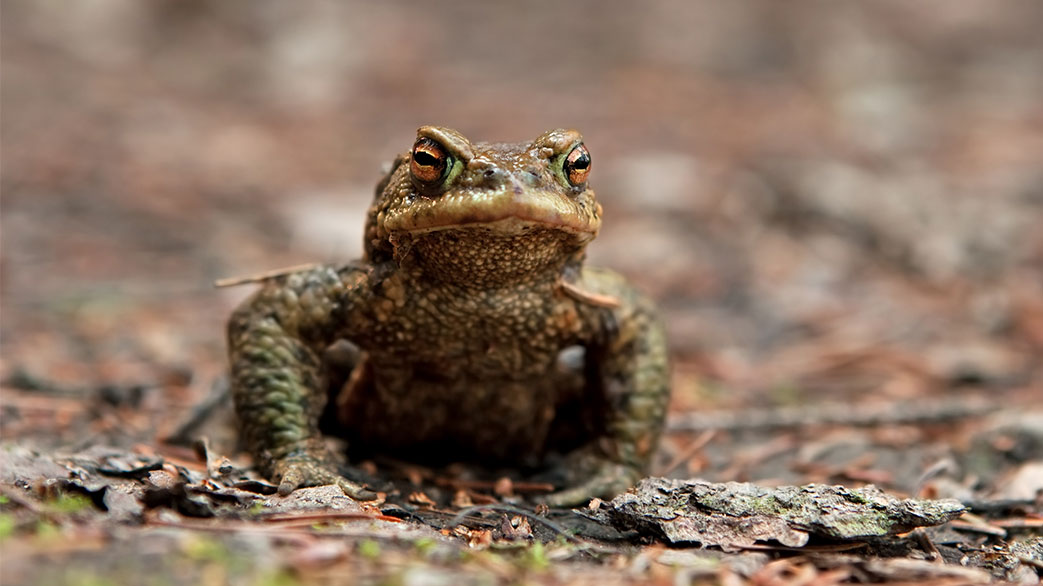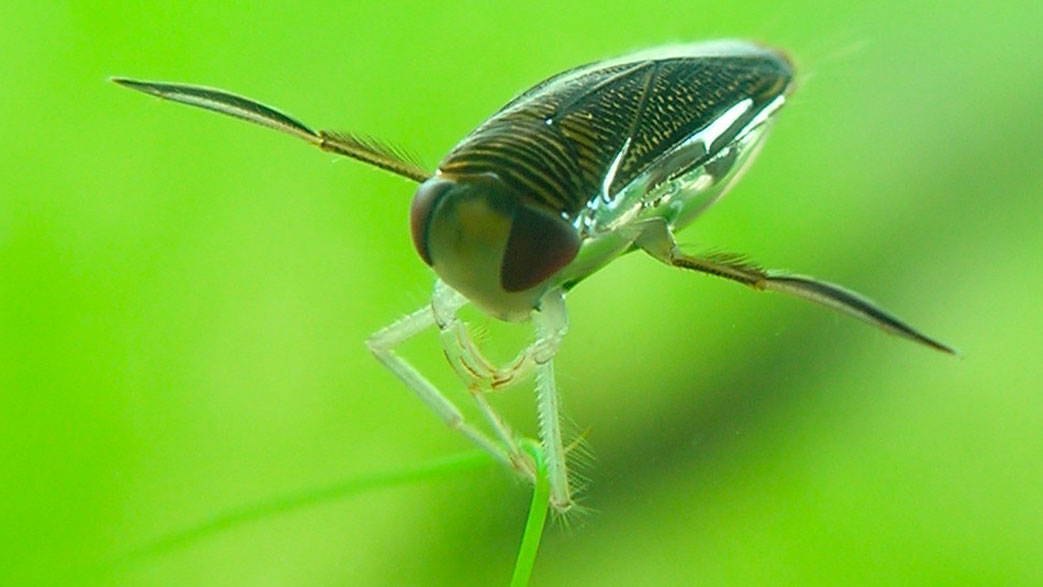The period where we move further from harsh, cold winter days and closer to the flourishing spring is a time of true anticipation. Now is the time amphibians’ wake from …
How Reptiles and Amphibians Adapt in Winter
If you have a garden pond, you will notice that your pond is relatively quiet during the cold winter months, specifically with reptiles and amphibians. Both reptiles and amphibians are …
Natterjack toad (Bufo calamita)
Length: 6-8cm Weight: 4-19g Average lifespan: 10-15 years Conservation status Protected in the UK under the Wildlife and Countryside Act, 1981. Priority Species under the UK Post-2010 Biodiversity Framework. Listed …
Green Drake Mayfly (Ephemera dancia)
Length: 5cm Conservation status Common. When to see January to December Bio The green drake (or common) mayfly only eats when it is an aquatic larvae, when its diet consists …
Lesser Water-boatman (Corixa punctate)
Length: 0.9cm Conservation status Common. When to see January to December Bio The lesser water-boatman has a varied diet, feeding off of both decaying plant matter as well as small …
What’s happening in your pond? – The recent algal blooms
When completing the VIP services this month it was duly noted that some clients had experienced an algal bloom in their ponds, which had until recently been as clear as …
Common Backswimmer (Notonecta glauca)
Length: 1.5cm Conservation status Common. When to see January to December Bio These small insects are in fact quite predatory, tackling tadpoles and fish fry. They are also often one …
Wildflower Turf – A crucial habitat
Wildflower meadows are a significant contributor to the environment through their ecological benefits, ability to absorb carbon and aesthetic qualities. They are a crucial habitat here in the UK being …
Great crested newt (Triturus cristatus)
Length: 6-8cm Weight: 4-19g Average lifespan: 10-15 years Conservation status Protected in the UK under the Wildlife and Countryside Act, 1981. Priority Species under the UK Post-2010 Biodiversity Framework. Listed …
Species Showcase – The palmate newt
The palmate newt can often be confused with the smooth newt, however, it does have some very slight differences in both behaviour and appearance. They favour shallower pools on acidic …
- Page 1 of 2
- 1
- 2










